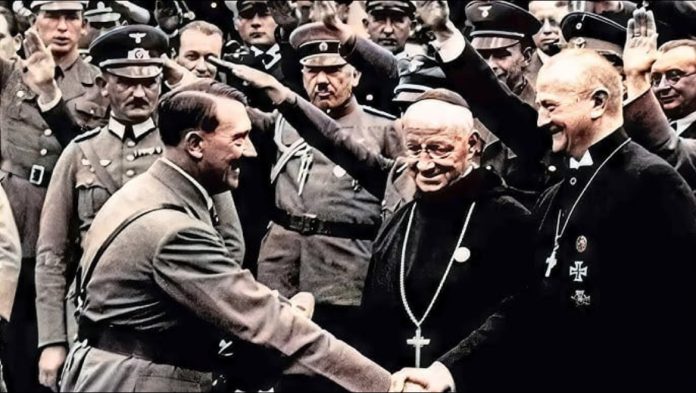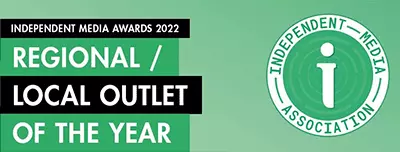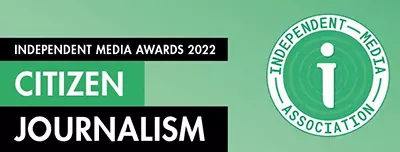The relationship between the Catholic Church and Nazi Germany remains one of the most debated topics of 20th-century history. While some church officials resisted Hitler’s regime, others engaged in collaboration, whether through diplomatic agreements, silence in the face of atrocities, or direct support of Nazi policies. This following delves into the historical interactions between the Vatican, German clergy, and the Nazi state, examining key moments of cooperation, opposition, and post-war reckoning. It then exposes how local (in Dorset) far right groups are booking local Catholic church halls and how the church is responding.
The Concordat of 1933: A Controversial Agreement
One of the earliest and most significant interactions between the Catholic Church and Nazi Germany was the Reichskonkordat, signed on 20 July 1933. This agreement between the Vatican and Hitler’s government was negotiated by Cardinal Eugenio Pacelli (later Pope Pius XII) and Vice Chancellor Franz von Papen. The Reichskonkordat granted the Catholic Church certain privileges in exchange for its withdrawal from political activities.
The agreement came at a crucial time when Hitler was consolidating power. The Catholic Centre Party, a significant opposition force to the Nazis, dissolved shortly before the treaty, effectively removing Catholic political resistance. In return, the Church retained control over its institutions, schools, and associations. However, critics argue that the Concordat gave Hitler legitimacy, as it was one of the first international agreements signed by the Nazi regime.
Despite its provisions, the Nazi government frequently violated the Concordat, persecuting Catholic clergy and restricting religious activities. The Vatican issued diplomatic protests, but these were largely ignored. The Concordat remains a highly controversial document, viewed by some as a pragmatic attempt to protect the Church while others see it as an act of complicity with the Nazi state.
Catholic Clergy and Nazi Support
Although many Catholic clergy opposed the Nazis, some supported them, seeing them as a bulwark against communism. The fear of Bolshevism, which was officially atheistic and suppressed religion, led some Catholic leaders to favour Nazi rule, despite its totalitarian nature.
Several prominent Catholic figures openly supported Hitler. Bishop Alois Hudal, an Austrian cleric, admired Hitler’s nationalism and anti-communist stance. Hudal would later assist Nazi war criminals in escaping to South America after the war through the so-called “Ratlines.”
Other clergy members encouraged Catholics to support the Nazi regime, either through sermons or public endorsements. Some bishops allowed Nazi flags to be displayed in churches, while others remained silent about the persecution of Jews and political dissidents. This silence has been widely criticised as a moral failure of Church leadership during the Holocaust.
Papal Responses to Nazi Atrocities
The Vatican’s response to Nazi crimes, particularly the Holocaust, remains a deeply contentious issue. Pope Pius XI was one of the first global leaders to criticise Nazi ideology. His 1937 encyclical, Mit Brennender Sorge (“With Burning Concern”), denounced Nazi racism and totalitarianism. The encyclical was smuggled into Germany and read from Catholic pulpits, infuriating the Nazi leadership.
However, after Pius XI’s death in 1939, his successor, Pope Pius XII, adopted a much more cautious approach. Pius XII has been heavily criticised for his silence during the Holocaust. While he did receive intelligence about the mass murder of Jews, he refrained from issuing an outright condemnation. Some historians argue that he feared Nazi reprisals against Catholics in occupied Europe, while others believe he prioritised Vatican neutrality.
Recent archival discoveries suggest that the Vatican had extensive knowledge of the Holocaust. Documents show that the Vatican received reports on mass killings in Poland and Ukraine as early as 1942. Despite this, Pius XII refrained from direct intervention, leading to ongoing debates about whether his inaction was strategic diplomacy or moral failure.
Resistance and Martyrdom
Despite institutional failures, many Catholic individuals courageously resisted the Nazis.
Catholic Clergy in Opposition
Several Catholic bishops and priests openly defied the Nazi regime. Cardinal Clemens August Graf von Galen, the Bishop of Münster, delivered powerful sermons condemning the Nazi euthanasia programme, which targeted disabled people for extermination. His protests led to the temporary suspension of the programme in 1941.
Father Maximilian Kolbe, a Polish Franciscan friar, provided shelter to Jews before being arrested by the Gestapo. He was sent to Auschwitz, where he voluntarily took the place of another prisoner who had been condemned to death. He was later canonised as a martyr.
The Jesuit priest Alfred Delp was part of the German resistance group Kreisau Circle, which sought to overthrow Hitler. Arrested by the Gestapo, he was executed in 1945. These figures represent a courageous minority within the Church who opposed Nazi atrocities at great personal risk.
Catholic Laypeople in Resistance
Catholic resistance was not limited to clergy. The White Rose movement, a non-violent student resistance group, included devout Catholics such as Sophie Scholl. The group distributed anti-Nazi leaflets and was ultimately crushed by the Gestapo. Scholl and her co-conspirators were executed in 1943.
The Catholic Church and Nazi War Criminals: The “Ratlines”
After the war, elements of the Catholic Church assisted Nazi war criminals in fleeing Europe. Through a network known as the “Ratlines,” prominent figures such as Adolf Eichmann and Josef Mengele escaped to South America.
Bishop Alois Hudal played a key role in this operation, using Church resources to provide travel documents and shelter. Other members of the clergy, such as Croatian priest Krunoslav Draganović, also facilitated Nazi escapes. These actions have been widely condemned, as they allowed some of history’s worst criminals to evade justice.
Post-War Reckoning and Apologies
In the decades following World War II, the Catholic Church faced increasing scrutiny over its wartime actions. In 1965, the Second Vatican Council issued Nostra Aetate, a document that repudiated antisemitism and sought to improve Catholic-Jewish relations.
Pope John Paul II made significant efforts to acknowledge past failures. In 1998, the Vatican published We Remember: A Reflection on the Shoah, which expressed regret for Catholics who had failed to protect Jews during the Holocaust, though it stopped short of admitting institutional guilt.
More recently, Pope Francis authorised the opening of Vatican archives related to Pope Pius XII’s wartime activities, allowing historians to further investigate the Church’s role.
A Legacy of Controversy and Complexity
The Catholic Church’s relationship with Nazi Germany was shaped by a mix of political pragmatism, moral failures, and individual acts of heroism. While some clergy actively resisted Hitler, others facilitated his rise by providing political legitimacy or remaining silent in the face of atrocities.
The post-war reckoning with these events continues to this day, as historians uncover new evidence and the Vatican reassesses its historical role. The Church’s actions during this period remain a powerful reminder of the complexities of moral responsibility in times of tyranny.
Reconsidering the Catholic Church and the Holocaust
Since the Vatican opened its post-1939 closed archives earlier this year, historians have gained new insight into how the Catholic Church, one of the world’s most influential institutions, confronted—or failed to confront—the Nazi regime, particularly in relation to its persecution of Jews. These newly available documents shed light on the Church’s actions, decisions, and silence during one of history’s darkest periods, offering a deeper understanding of its moral and political stance at the time.
Holy Silence, a thought-provoking and timely new documentary, examines the role of both Vatican and U.S. leaders in shaping the Church’s response to the rising Nazi threat and the spread of antisemitism across Europe. By exploring key figures and pivotal moments, the film reveals the complex interplay of faith, diplomacy, and political considerations that influenced the Church’s decisions.
On April 8, 2021, an expert panel convened to discuss this history and its lasting implications, including how the Church’s response influenced its followers. The panel featured:
Dr. Suzanne Brown-Fleming, Director of International Academic Programs at the United States Holocaust Memorial Museum;
Dr. Philip Cunningham, Professor of Theology and Director of the Institute for Jewish-Catholic Relations at Saint Joseph’s University;
Dr. Adam Gregerman, Associate Professor of Theology and Associate Director of the Institute for Jewish-Catholic Relations at Saint Joseph’s University;
and Steven Pressman, Director of Holy Silence and Emmy-nominated 50 Children: The Rescue Mission of Mr. and Mrs. Kraus.
The discussion was moderated by Dr. Kate Temoney, Assistant Professor of Religion at Montclair State University and Cofounder of the Genocide Education and Prevention Project.
On Our Doorstep: The Local Catholic Diocese
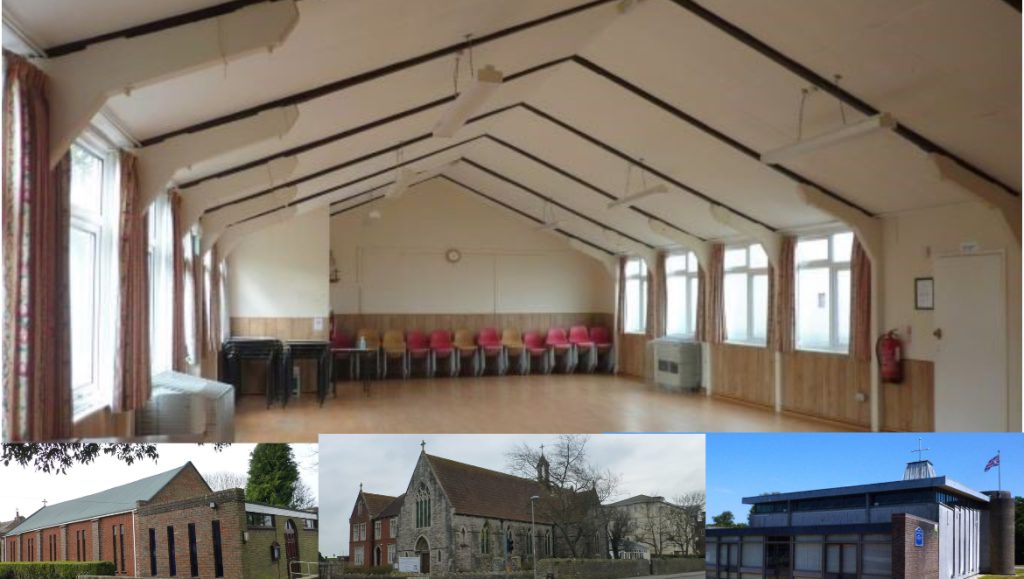
Following reports that far-right anti-immigrant groups are booking local Catholic church halls for their meetings, the local diocese was approached for comment. This followed numerous people contacting us to make us aware that a local Reform UK group had booked a church hall in Swanage for a meeting. Please note the lack of honesty by the group in their booking.
We received two contradictory replies from the same person:
The first dated 6 February 2025:
‘Thank for your email. We did not realise this group hiring the hall was Reform UK, since they did not say this on the form. They describe themselves as a party of volunteers meeting to discuss cleaning the beach in Swanage.’
Canon Timothy Lewis
The second dated 7 February 2025:
‘Thank you for your email. The meeting is not in the church, nor organised by the church, but in the hall which we hire out to many different community groups and political parties for their meetings.
The hall is owned by the Plymouth Roman Catholic Diocesan Trustees, who have asked this this statement be made available to all those who contact me about it:
“The hiring of the parish hall is governed by a set of terms and conditions which are applicable to all parish halls across the diocese. These terms and conditions do not contain any specific reference to political parties and any special conditions for their use of parish halls. Thus, the hiring of the hall by a group in no way implies the endorsement of the political views that such a group or party may espouse. We respect the ability of all groups to hire the parish hall, as long as they meet peacefully and abide by the terms and conditions set out in the hiring documentation.”’
Thank you. FR T Lewis (priest)
Given the historical role played by the Catholic church, make of this what you will.

